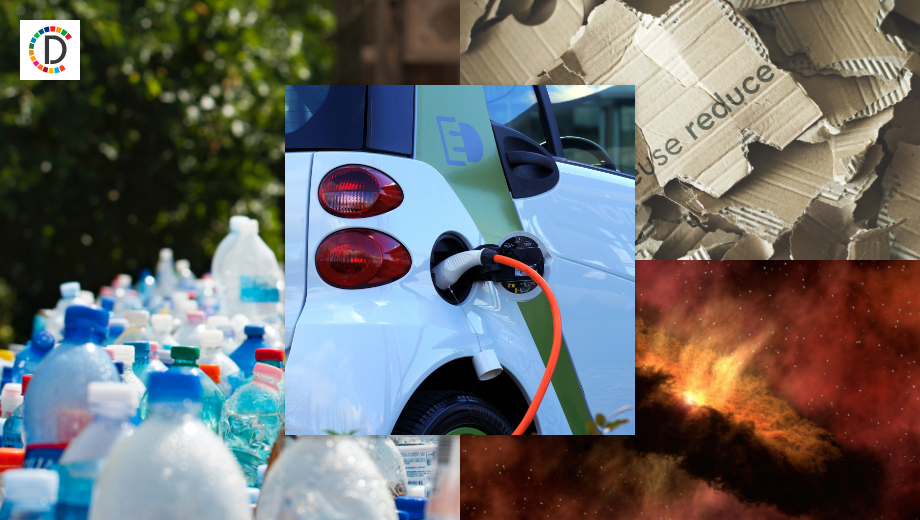NATO chief says Europe meets target after Trump suggests abandoning laggards

NATO said on Wednesday that Europe was meeting an alliance spending target and the United States needed allies, days after former U.S. President Donald Trump suggested that Washington might not protect countries that did not spend enough. NATO's European states would invest a combined total of $380 billion in defence this year, taking their spending as a whole to an estimated 2% of GDP in 2024 compared to 1.85% in 2023, NATO Secretary-General Jens Stoltenburg said.
Trump shocked Europeans on Saturday by implying that he would encourage Russia "to do whatever the hell they want" to NATO allies that did not spend enough. The 31 allies have committed to a target of spending 2% of their output on defence but not all have done so individually. "I expect 18 allies to spend 2% of their GDP on defence this year," Stoltenberg told a news conference in Brussels, adding overall military spending was set for another record year after two years of Russia's full-fledged war against Ukraine.
The number was higher than last year, when 11 NATO members were expected to reach the agreed target. Addressing journalists' questions linked to the controversy around Trump's comments, Stoltenberg said the United States knew how important the defence alliance is for its own security.
"The United States have never fought a war alone," he said ahead of a NATO ministers' meeting. "The criticism we hear is not about NATO, it is about NATO allies not spending enough on NATO," he added, saying the new hike in military spending by European allies was proof this message had been heard.
KEEPING THE UNITED STATES ON SIDE Bracing for a possible second Trump presidency and as Washington struggles to pass a $95 billion military aid package for Ukraine and other allies, NATO diplomats are focused on keeping the alliance's dominant military power invested in NATO and the protection of Europe.
In a historic first since the end of the Cold War, Berlin will meet the 2% target this year for the first time, allocating the equivalent of 71.8 billion euros ($76.8 billion) for defence spending this year through regular and special budget outlays. However, the sum of its total defence spending is classified. France, the bloc's only nuclear power, could follow suit.
With 413 billion euros planned for the next seven years, its 2024-2030 Military Programming Law substantially increases French defence spending. The new budget was initially expected to hit 2% of GDP from 2025, although sources have said that may be brought forward. Speaking on condition of anonymity, diplomats said NATO's new strategy would need to include further boosting European defence spending, addressing topics of strong U.S. interest such as China and the Indo-Pacific, and careful handling of Trump.
One said the approach would be a "combination of flattery and a firm hand". NATO members have been steadily increasing their defence spending since Russian forces annexed the southern Ukrainian peninsula of Crimea and entered Donbas in eastern Ukraine in 2014.
At a summit in Wales in 2014, NATO leaders agreed to the goal of moving towards spending at least 2% of their GDP on defence within a decade. In 2023, eleven allies are expected to have met the 2% target according to prior NATO estimates - Poland, the United States, Greece, Estonia, Lithuania, Finland, Romania, Hungary, Latvia, Britain and Slovakia. (Additional reporting by Andrew Gray, editing by Tassilo Hummel and Philippa Fletcher)
(This story has not been edited by Devdiscourse staff and is auto-generated from a syndicated feed.)
ALSO READ
France Eyes Potential Talks with Russia: Macron's Diplomatic Move
Silverware Scandal: Theft at the Heart of France's Presidential Palace
France Faces Fiscal Cliff: Emergency Legislation Looms as Budget Talks Collapse
Nestlé Faces New Regulations for Perrier Production in Southern France
France's Fiscal Crossroads: The 2026 Budget Battle










